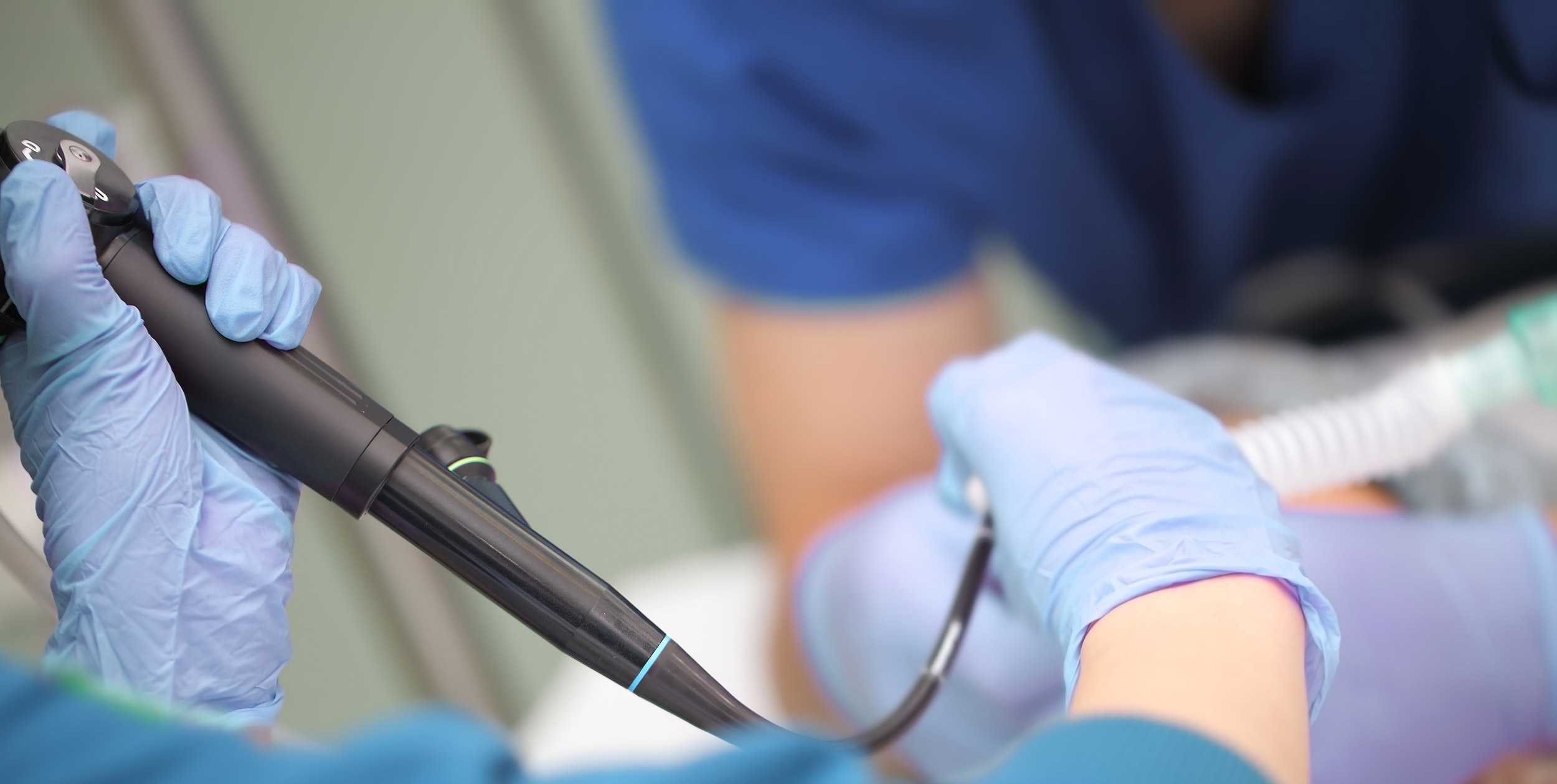
More than 800 medical device reports concerning potential contamination of reusable bronchoscopes were submitted to the U.S. Food and Drug Administration between 2015 and 2021.
That represents an almost eight-fold increase in reports sent to the agency between 2010 and 2015. And if that kind of surge was keeping you awake at night, "no one would blame you,” says Dr. Ali Sadoughi, an interventional pulmonologist and critical care specialist at Montefiore Medical Center in New York, New York. “Our purpose as physicians is to help our patient, not cause harm.”
While rare, patient infections have been linked to endoscopes that remained contaminated despite the complex cleaning and disinfecting process needed between uses. That’s one reason why Sadoughi had been expecting the recently updated safety communication from the FDA regarding the reprocessing of reusable bronchoscopes.
In an updated safety communication issued in June, the FDA recommended healthcare facilities consider using sterilization instead of high-level disinfection when feasible. The agency also recommended providers consider using single-use bronchoscopes in cases where there is high risk for transmitting infection and when immediate reprocessing is not available.
These recommendations will have significant implications for physicians, Sadoughi believes, as they adapt new technology into practice. They also challenge bronchoscope manufacturers to create bronchoscopes that are able to withstand repeated sterilization or single-use bronchoscopes that can stand up to the challenges of advanced bronchoscopy.
SUE: How will this safety communication update from the FDA affect individual hospitals and the work of physicians?
Sadoughi: Since sterilization is not easily available in each and every case, and high-level disinfection and reprocessing of reusable bronchoscopes is a multi-step process, I believe single-use bronchoscopes are much needed in our practice.
I hope hospitals and their infection control systems become more aware of the serious implications of this announcement and make every effort to follow the reprocessing rules as outlined in the statement and based on the manufacturer’s instructions for reusable bronchoscopes. Single-use bronchoscopes are a good alternative that can prevent serious complications from cross-contamination.
The challenges ahead include the cost of the single-use scopes, and their ability to function similar to reusable scopes. Manufacturers have tried hard to overcome these challenges by building single-use bronchoscopes that can work in different case scenarios.
SUE: When it comes to cross-contamination risk — while infrequent, there have been reports of patient infections linked to contaminated endoscopes — are there unique concerns for the patients you treat in the ICU vs. the bronch suite?
Sadoughi: There are some patient-related concerns as well as others related to the procedure site.
In general, patients with a compromised immune system, for example — due to immunosuppressive medications, chemotherapy, use of large dose steroids — or transplant patients are at higher risk of infection, especially when involving multidrug-resistant organisms, no matter if the procedure is done in the ICU or bronch suite.
Easy access to scope cleaning utilities and availability of professionally trained personnel following the strict guidelines and manufacturer instructions is important for thorough and timely reprocessing and disinfecting the used scopes. Performing bronchoscopy in the ICU or other hospital sites away from the bronch suite, or at times when the regular staff are not available, might delay the reprocessing and inevitably causes deviation from manufacturer's reprocessing instructions.
SUE: Why might sterilization not be available for every case? What are some of the challenges of implementing a new, stricter reprocessing protocol?
Sadoughi: I’m not sure if current sterilization methods may shorten the lifetime of the scopes. But, even if we consider it safe for the scope, there are more steps involved in sterilization. Usually there are limited places in any hospital for sterilization of these devices and it requires professionally trained personnel. Also, moving the devices back and forth to the sterilization sites is time consuming and labor dependent, which might not be an easy task in a busy bronchoscopy suite or in the ICU.
SUE: Would it be a big transition for physicians to move to single-use bronchoscopy in high-risk cases? What do you see as the benefits, and drawbacks, of that?
Sadoughi: Our institution is one of the largest users of single-use scopes. Healthcare facilities and providers may face some challenges when acquiring single-use bronchoscopes. One is related to the quality of procedure and the function that you expect from single-use scopes. Doing lung biopsy or more advanced diagnostic procedures or therapeutic bronchoscopy, like balloon dilation or stent placement, comes with higher expectations which are not met by the current available disposable bronchoscopes.
The other issue with single-use bronchoscopes will be their cost. I’m sure manufacturers are trying to decrease the cost of the production while they are working on the quality of the product. For advanced procedures with higher quality expectations, we need to know how much the price will go up compared to the current disposable ones.


